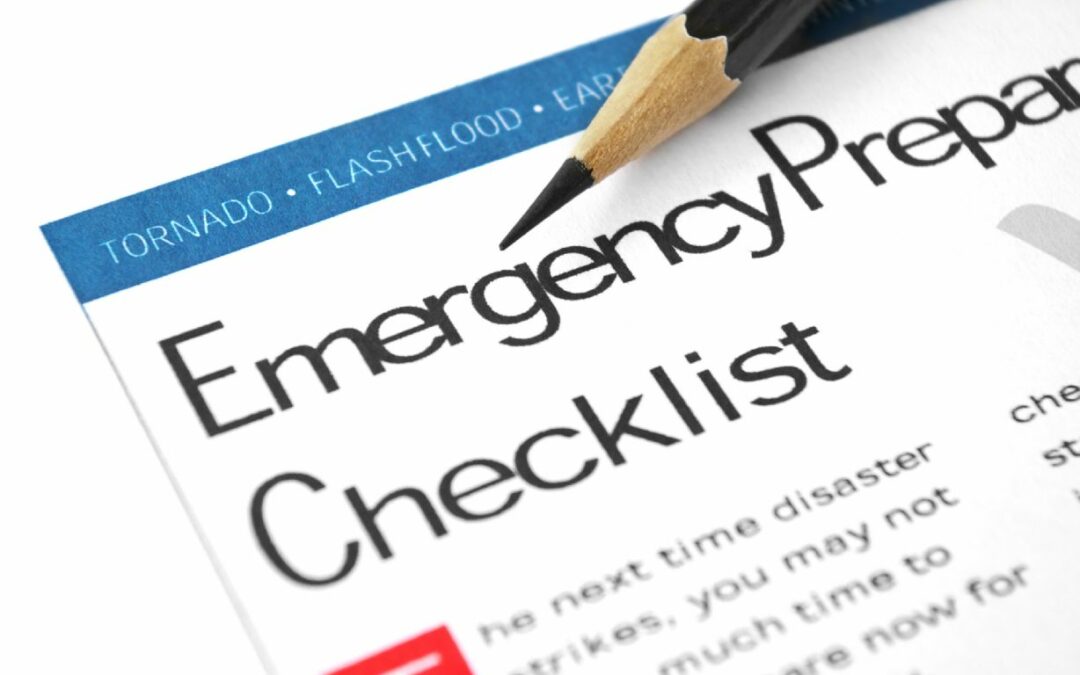Floods are the costliest natural disaster — more destructive than hurricanes, earthquakes, and tornadoes. Unfortunately, you cannot predict when rising water will occur, but preparation can be your best defense. Here are several tips that you can use to shield your home against potential flood damage.
-
Know the types of flood risk in your area, and renew your flood insurance policy. Remember, homeowner’s policies do not cover flooding.
-
Sign up for your community’s warning system and emergency alerts.
-
Gather supplies, medications, batteries, chargers, and other critical equipment. Do not forget about your pets.
-
Keep necessary documents in a waterproof container, and create password-protected digital copies.
-
Move valuables to higher levels. Raise your water heater, washer, dryer, oil tank, furnace, and any electrical wiring onto concrete blocks. If you cannot raise these items, you can protect them with a? floodwall? or shield.
-
Leave the basement and lower floors unfinished. Install flood shields or built-up barriers for basement windows and doors.
-
Protect your property. Declutter drains and gutters. Keep sewer lines from backing up by installing standpipes or backflow valves. If you have below-grade floors, consider a sump pump system with a battery.
-
To resist erosion, landscape with native plants such as autumn sage, ivy, buckwheat, wild lilac, flowering dogwood or white alder.
-
Many varieties of grass can worsen erosion. Avoid using grass and highly flammable plants, such as ornamental juniper, Leyland cypress, eucalyptus, and rosemary, for erosion control.
-
If you are doing a new build, elevate your entire house and use flood-resistant building material such as concrete or steel.
Take these necessary steps before a storm to protect your property from potential flood damage.


